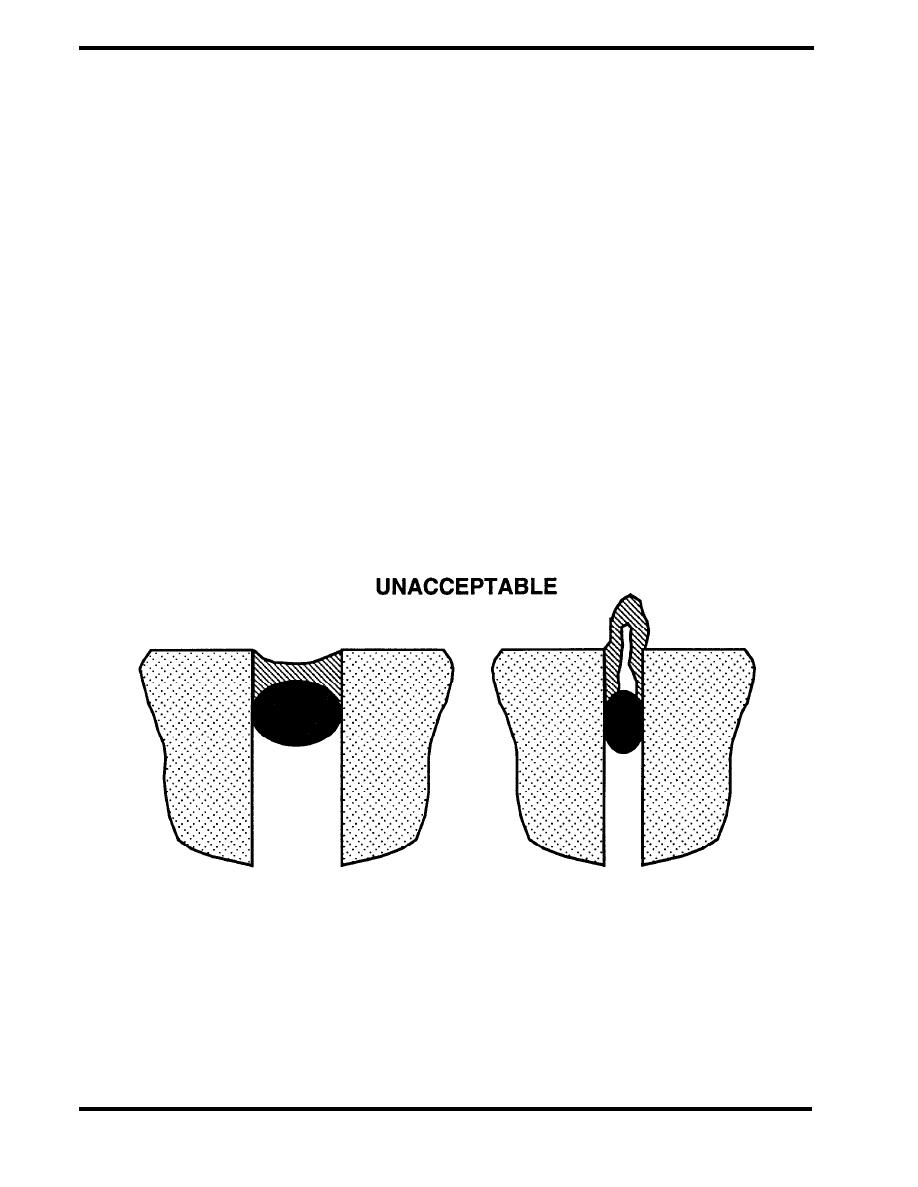
DESIGN/SEALANTS
Sealant Materials
The primary criteria for the selection of a sealant material is the ability to accommodate the
anticipated movement under the expected environmental conditions and to maintain an adequate
level of performance over time. Sealants at exterior joints are subjected to environmental factors
that can accelerate their deterioration: extreme temperatures, solar and ultraviolet radiation, large
differential movements, frequent wetting, and physical abuse. Other performance factors include
adhesive and cohesive properties, weather resistance and durability, workability at different
temperatures, compatibility with the substrate and puncture resistance. Panek presents a brief and
up-to-date discussion of sealants materials and their properties. ASTM STP 606, published in
1976, also contains a thorough discussion of many different sealant materials.
Warseck points out that the most common sealant design failure is the selection of a sealant with
insufficient movement capability, pointing out that sealant "performance" is not a well-defined
quantity. This leads to confusion when selecting and comparing sealants. Other sealant selection
problems are due to incompatibility of sealants with materials in close proximity including
substrates, primers and other sealants.
Another point raised by Warseck is the use of sealants with insufficient recovery. A sealant with
poor recovery may stretch adequately, but will not easily return to its original shape, so-called stress
relaxation. As shown in Figure 3.5.4, the sealant bead assumes a distorted shape, and when the
joint reopens the sealant will fail.
Joint under compression
Joint under expansion
Figure 3.5.4 Stress Relaxed Sealant (Warseck)
PAGE 3.5-8



 Previous Page
Previous Page
